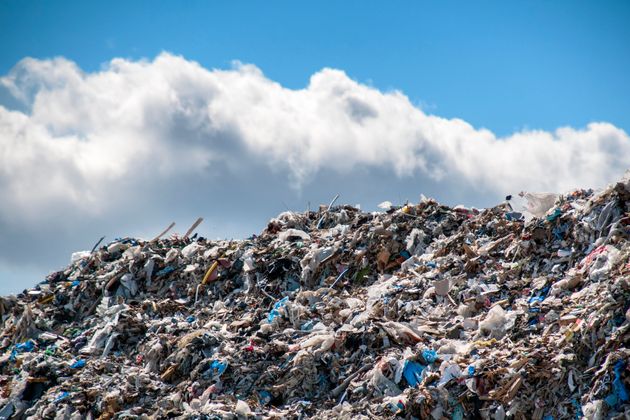Why Are Landfills Bad For The Environment?
Humans are incapable of changing the reality that they produce waste. Civilisation needs to deal with the problem of waste. More than a tonnes of rubbish is generated by the average British household each year. In total, this amounts to 31 million metric tonnes per year, or the weight of two or three million double-decker buses, enough to round the globe 2.5 times if they were all lined up.
Household trash and commercial waste can be found at landfills. Organic garbage, such as food, paper, cardboard, and wood, is the bulk of household waste that is transferred to landfills. Plastic and tin containers are common in other types of home waste.
Municipal Substantial Waste (MSW) refers to a large portion of our personal trash (MSW). Agricultural wastes, sewage sludge, and other – anti industrial process wastes, as well as non-hazardous home wastes, are all included in MSW,” the World Bank states. According to jurisdictions, “specific definitions” differ.
Today’s landfills are full of soil, concrete, and brick rubble from development and commercial operations. Due to the fact that it is uncommon to combine with other trash and thus suitable for landfilling, this is regarded as inert waste. Rubbish, bricks, gravel, and concrete make up the bulk of commercial trash. Building roads on-site and then covering the site with the inert trash are common uses for this material. It is possible to repurpose the site when its safety has been ensured, but there are severe rules in place.
A landfill’s compliance with the law is ensured through the placement of the facility, its design, its operation, and its monitoring. Their purpose is to safeguard the environment from toxins that might be involved in the waste. Environmentally sensitive locations are not allowed to house landfills, and they are located utilizing on-site monitoring devices. Landfill gas and groundwater contamination are also detected by these monitoring devices.
When A Landfill Hits Capacity, What Happens?
Landfill capacity is limited and renovated to make way for green places like parks and public grounds when it reaches its limit. After capping, these will be kept for up to 30 days.
It can take years for landfills to attain their full potential, depending on the sort and volume of garbage they are dealing with. This is followed by a final layer of daily cover, which includes clay and vegetation, on top of the landfill. Odors and rainfall are kept out thanks to the cap layer.

When the site is restored for recreational or light cultivation, the plants have been chosen to fit the needs of the area.
What Are The Environmental Consequences Of Landfills?
Landfill sites are abysmal in their design. Moreover, landfills are harmful for wildlife, nature, the environment, and global warming, as well as being a major pollutant, and there are several negative consequences associated with them. Garbage dumped in landfills decomposes very slowly and will continue to be an issue for several generations.
Landfills are plagued with poisons, leachate, and greenhouse gas emissions. Bacteria found in organic garbage decompose the trash. Toxic chemicals produced by decomposing garbage interact with waste liquids to create runoff and landfill gas.


